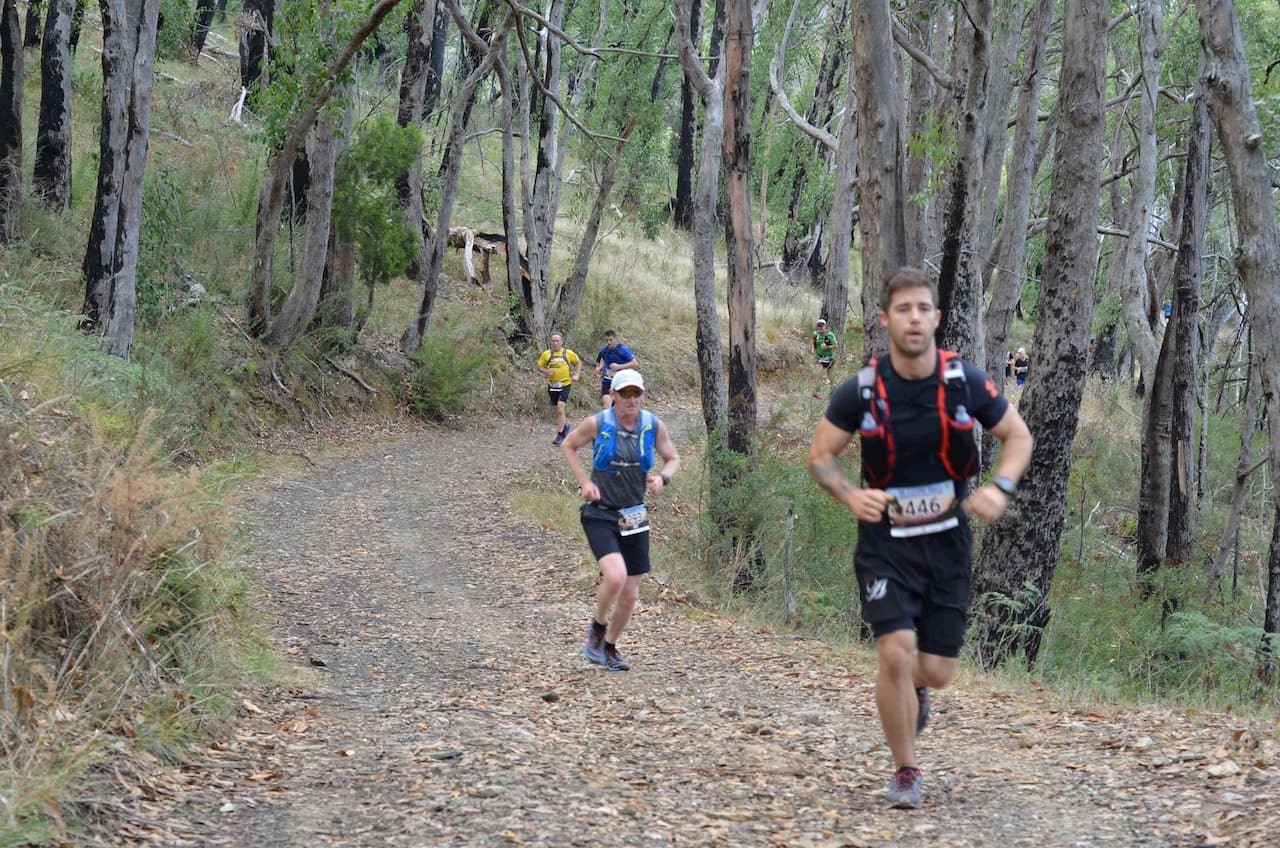I remember running my first-kilometre run when I was about 21. This was a challenging task, but it gradually became easier to run faster and longer until one day - I achieved the standard goal of running 5km.
From that point on, every run was a competition with myself to run my fastest 5km. I constantly watched my pace to make sure each run was faster than the next. This felt great to achieve my goal, run after run - bringing my time down with every run. But we all reach this point when the times get almost impossible to beat, then one day, you go out for your 5km time trial, and it's slower than normal.
This brings on a whole different emotion to running. Instead of being a goal-smashing run, it's a stressful, high-intensity, 'Am I going to break the record this time?' kind of run. This stress leads to a lack of motivation, the fear of the pain you have to go through for the next 20-30min, the thought of failing, and finally - giving up and doing something more rewarding like eating chocolate and sitting on the couch.
What a lot of beginners don't realize is that records don't always have to get broken, and running doesn't have to be stressful. To get the most out of running - your running should be slowed down to a jog for 80% of the time and the remaining 20% at high intensity.
A way to find your easy and hard intensities is to run with your heart rate (HR). Many athletes use the Phil Maffetone method, which is well known for improving performance with running. To find your max HR, you take 220 minus your age. For example, if you were 25 years old, you would calculate 220-25=195, and therefore 195bpm would be your max HR. To find your aerobic HR using MAF, you take 180-age, e.g. 180-25=155bpm. This gives you your aerobic threshold to run your easy runs at 80% of the time, and you have your high-intensity HR to aim for the other 20% of your run time. An average runner could be running 4 hours a week - 20% of that training could be something like high-intensity interval training, and the other would be a nice and easy jog sticking around the 155 bpm HR.
The whole idea around run slow to run fast is that your body will adapt to the slow 155bpm pace allowing your pace to increase but your HR to stay the same. In turn, allowing your max threshold pace to increase along the way. So now your 5km record will be built up through stress-free running and surpassed to a time you never thought possible.
The hardest part with runners and athletes is actually being able to take a step back and run at that slow pace because it feels too easy. You must stay dedicated to your goal and think about the bigger picture with running. Running slower to run faster is the key to breaking records and success in running. You also get the added stress release, the chance to take a few pics along the way and enjoy the scenery.

Take a min Take a min to calculate your aerobic threshold and get out there and test it. But don't test it for 1 or 2 days; give this at least 8-12 weeks to get some real benefit and get the results you deserve.


